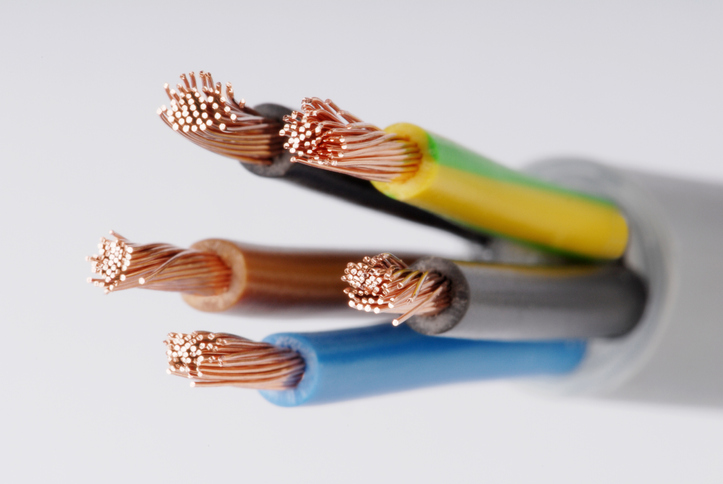If you’re looking to move into a new home, you’ll want to ensure that the electric wiring meets safety codes and does not pose any danger to you and your family.
Professionals from any electrical company will notice that many homeowners may need help understanding the different types of wiring in a household circuit. So what are the different types of wiring in a household circuit?
1. NM (Nonmetallic) Cable
NM cable is advantageous because it is quick and easy to install, allowing a person to do it without stripping the sheath away from the individual wires. It makes it perfect for do-it-yourself projects. Additionally, the nonmetallic sheath protects against damage, such as electric shock and corrosion.
When installing NM cable, ensure that you support the wiring every four feet along its length. Also, at least every 12 inches when passing through walls or ceilings. Furthermore, you must protect the exposed portion of the cable from sharp edges.
Finally, it is important to check the local building codes to ensure that the proper NM cable is used for the job. Different sizes and types of NM cables are suitable for different applications. Safety should always be your number one priority for any electrical project.
2. UF (Underground Feeder) Cable
UF (underground feeder) cable is commonly used for outdoor wiring because it is highly resistant to moisture. Also, it can withstand temperatures of up to 60 degrees Celsius (140 degrees Fahrenheit).
UF cable is designed to be buried directly in the ground and is typically used to provide electricity to outdoor outlets or lighting fixtures. UF cable comes in several sizes, depending on how much current it needs to carry. It also features two or three insulated wires surrounded by a protective outer jacket.
It’s essential to ensure that the cable is buried deep enough so that animals or landscaping equipment don’t damage it. For those looking to wire a household circuit, UF cable is an excellent option. It is durable and weatherproof and can be used for indoor and outdoor wiring projects.
3. THHN (Thermoplastic, High Heat-Resistant, Nylon-Coated) Wire
When wiring a household circuit, one of the most common types is THHN (thermoplastic high heat-resistant nylon-coated) wire. THHN can withstand high temperatures and provide insulation and protection from abrasion and moisture. The primary benefit of using THHN wire is its durability. It is designed to withstand extreme temperatures and is resistant to corrosion. Additionally, this type of wire has impressive heat THHN wire is mostly used for circuits requiring higher voltage or current. It includes applications such as air conditioning units, dryers, and electric ranges.
When installing THHN wire, there are key points to consider. First, ensure that the wire is installed correctly and per local electrical codes. Additionally, ensure that the installation includes appropriate insulation, such as an outer coating of tape, so that the wire does not come into contact with combustible materials.
4. USE (Unshielded Service Entrance) Cable
USE cable has two or more insulated conductors. It is primarily used for the main service entrance to the home as well as for feeding branch circuits throughout the house.
USE cable comes in various sizes, from 14/2 to 8/3, depending on the current demands of the particular circuit. The size of the cable will determine how much electricity it can safely handle.
The USE cable also has a metallic sheath that helps protect it against any external damage. The metal sheath also serves as an effective ground wire that prevents electric shocks should any wires become exposed. Additionally, all USE cables have a conductor size that meets the electrical code’s requirements for safe operation.
5. RHW (Red, Hot, & White) Wire
When wiring a household circuit, one of the most common types is RHW (red, hot, and white) wire. This wiring comprises three insulated conductors: a black hot wire, a red switched-hot wire, and a white neutral wire. The black hot wire carries the electrical power from the source to the load.
The red switched-hot wire is usually used for switches and outlets that require manual control. It’s connected to the power source and then routed to the switch or outlet. The power flows through the circuit when the switch is thrown or the outlet is plugged in. The white neutral wire completes the circuit by returning the current to the service panel. It also provides a return path for the current when the circuit is open. RHW (red, hot, and white) wire is a great choice for many residential electrical systems because it offers flexibility and convenience in controlling outlets and switches.


